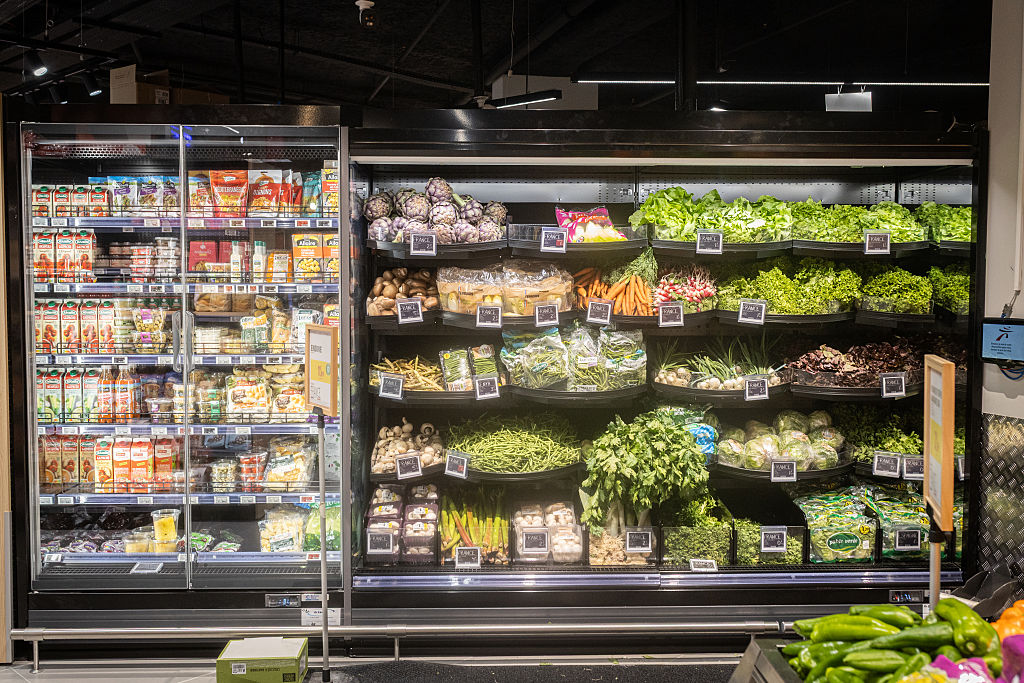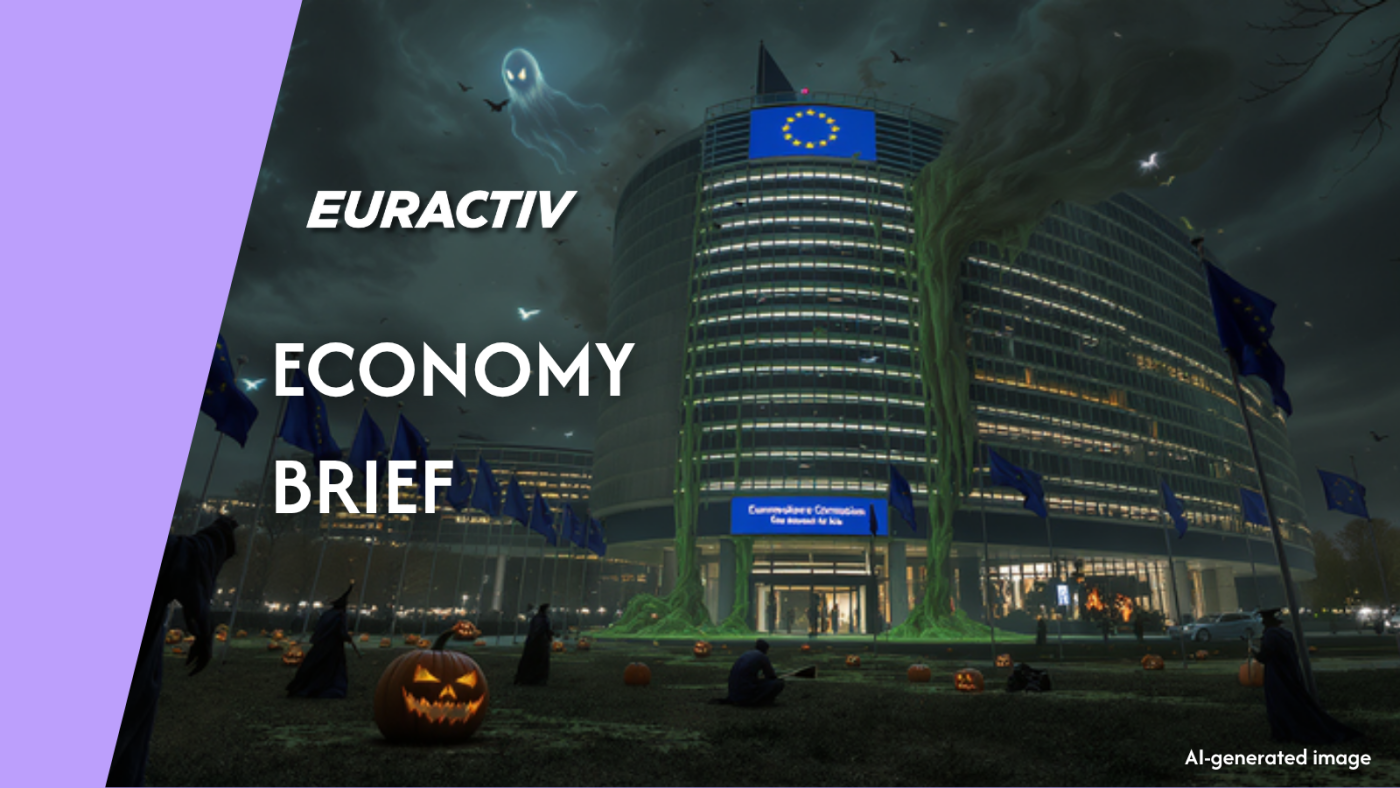Fall in real wages could fuel social unrest, labour organisation warns
As soaring inflation erodes the purchasing power of low-income earners and decreases real wage growth, governments need to put support measures in place to absorb the shock according to the International Labour Organisation (ILO).

As soaring inflation erodes the purchasing power of low-income earners and decreases real wage growth, governments need to put support measures in place to absorb the shock and avoid the risk of social unrest, according to the International Labour Organisation (ILO).
In a new report on global wages published on Wednesday (30 November), ILO warned of the impact of inflation on real wage growth, with the first negative real wage growth recorded this year since the 2008 global financial crisis.
According to the report, global inflation, which is expected to reach 8.8% by the end of the year, has caused a decline in real wages by 0.9% globally. In the EU, where year-on-year inflation reached 11.5% in October 2022, real wages fell by a whopping 2.4% in the first half of 2022, compared to the previous year.
In Eastern Europe, real wages fell by 3.3% in the first half of the year. The fall is mainly driven by the Russian war in Ukraine and the energy crisis.
“Although we are facing multiple crises, it goes without saying that an end to the war today will certainly help manage the inflationary situation we have and therefore reduce tensions on real wages,” ILO’s director-general Gilbert Houngbo told EURACTIV in an interview.
Low-income earners hit the worst
Low-income groups are particularly affected by the inflationary crisis, more than higher-income earners.
“Workers that are low-paid are the ones hit hardest, because a big part of their salary is used to buy essential goods,” where inflation is rising faster, Houngbo said, adding that this had a direct impact on growing inequalities.
“Income inequality and poverty will rise if the purchasing power of the lowest paid is not maintained,” he warned.
Risk of social unrest
According to Houngbo, supporting measures need to be put in place to avoid the risk of social unrest.
“The governments have to increase social dialogue, because if this is to continue in 2023, I’m fairly concerned that that could spike much more social movements in different parts of the world,” he said.
This is also due to overall productivity gains despite the ongoing crisis, with 2022 recording the widest gap between real labour productivity growth and real wage growth in high-income countries in two decades. This discrepancy is unlikely to go unnoticed for long.
“The typical example is the windfall profits that some major multinationals have made out of the energy crisis,” Houngbo said, adding that there was a “feeling of unfairness.”
Possible measures
According to the organisation, governments could do more to support workers in facing the cost-of-living crisis, including adjusting minimum wage rates.
“There would appear to be scope in many countries for increasing wages without fear of generating a wage-price spiral,” the report stated.
Meanwhile, ILO also suggests using other tools to ease the cost-of-living crisis in households, such as vouchers for essential goods or a reduction of the value-added tax.
[Edited by János Allenbach-Ammann/Nathalie Weatherald]






